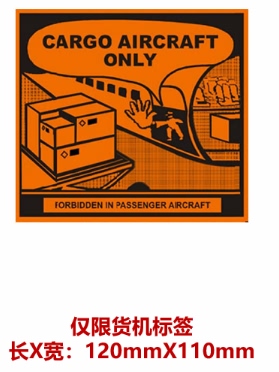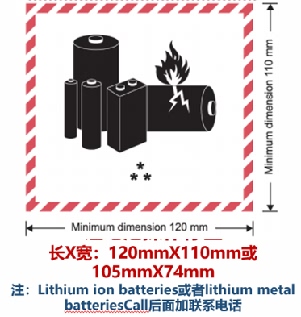Red Sea crisis may disrupt global shipping
Red Sea crisis may disrupt global shipping,
Red Sea,
▍Document requirement
1. UN38.3 test report
2. 1.2m drop test report (if applicable)
3. Accreditation report of transportation
4. MSDS(if applicable)
▍Testing Standard
QCVN101:2016/BTTTT(refer to IEC 62133:2012)
▍Test item
1.Altitude simulation 2. Thermal test 3. Vibration
4. Shock 5. External short circuit 6. Impact/Crush
7. Overcharge 8. Forced discharge 9. 1.2mdrop test report
Remark: T1-T5 is tested by the same samples in order.
▍ Label Requirements
|
Label name |
Calss-9 Miscellaneous Dangerous Goods |
Cargo Aircraft Only |
Lithium Battery Operation Label |
|
Label picture |
 |
 |
▍Why MCM?
● The initiator of UN38.3 in the transportation field in China;
● Have the resources and professional teams being able to accurately interpret UN38.3 key nodes related to Chinese and foreign airlines, freight forwarders, airports, customs, regulatory authorities and so on in China;
● Have resources and capabilities that can help lithium-ion battery clients to “test once, pass smoothly all airports and airlines in China “;
● Has the first-class UN38.3 technical interpretation capabilities, and housekeeper type service structure.
The Red Sea is the only way for ships to travel between the Atlantic and Indian Oceans. It is located at the junction of the two continents of Asia and Africa. Its southern end connects the Arabian Sea and the Indian Ocean through the Bab el-Mandeb Strait, and its northern end connects with the Mediterranean Sea and the Atlantic Ocean through the Suez Canal. The route through the Bab el-Mandeb Strait, the Red Sea and the Suez Canal is one of the busiest shipping routes in the world. The Suez Canal should currently be the largest transportation artery in the world, especially when the Panama Canal is currently facing severe water shortages and reduced navigation capacity. As the main navigation channel for Asia-Europe, Asia-Mediterranean, and Asia-Eastern United States routes, the Suez Canal, its impact on global trade and shipping is increasingly important. According to the Neue Zürcher Zeitung, approximately 12% of global cargo transportation passes through the Red Sea and Suez Canal.
西部以及西北欧等区域。
Since the outbreak of a new round of Palestinian-Israeli conflict, Yemen’s Houthi armed forces have frequently launched missile and drone attacks on Israel on the grounds of “supporting Palestine” and have continuously attacked ships “associated with Israel” in the Red Sea. In view of the increasingly frequent news of commercial ships being attacked near the Red Sea-Mandeb Strait, many shipping giants around the world – Swiss Mediterranean, Danish Maersk, French CMA CGM, German Hapag-Lloyd, etc. have announced to avoid the Red Sea route. As of December 18, 2023, the world’s top five international shipping companies have announced the suspension of sailings on the Red Sea-Suez waterway. In addition, COSCO, Orient Overseas Shipping (OOCL) and Evergreen Marine Corporation (EMC) also said that their container ships will suspend sailings in the Red Sea. At this point, the world’s major container shipping companies have started or are about to suspend sailings on the Red Sea-Suez route.










